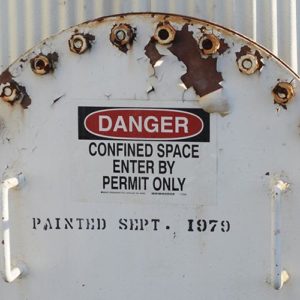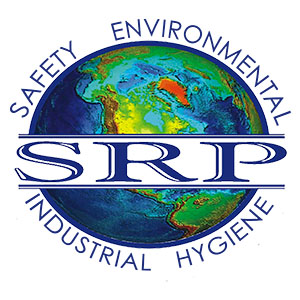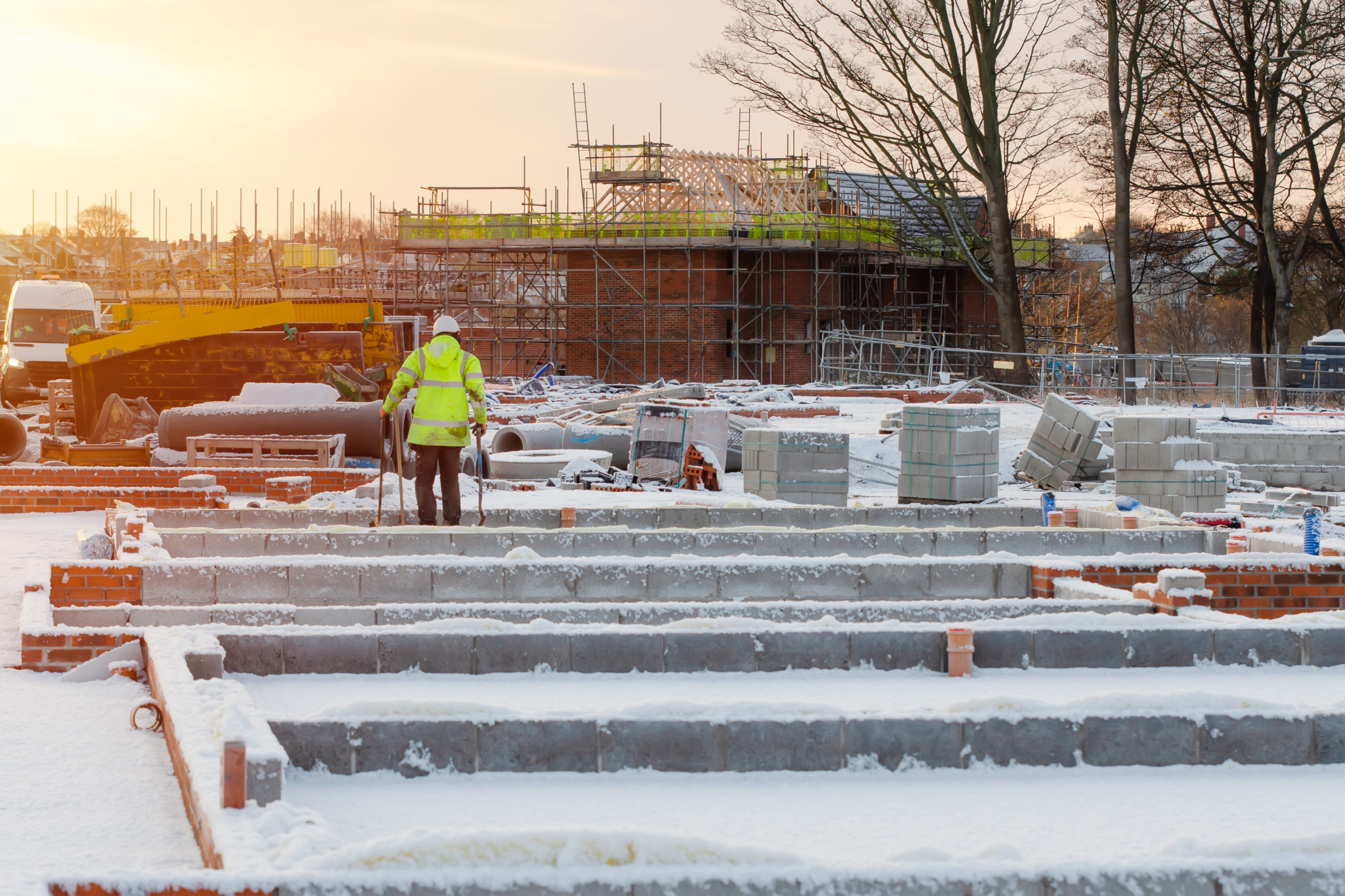OSHA updated the confined spaces standard to cover construction workers who may work on sites that have confined spaces like sewers, pits, tanks, attics, crawl spaces and more. The new standard, Subpart AA of 29 CFR 1926, was issued in May of 2015 and is effective as of August 2015.
 So what is a confined space? It’s a space that is large enough for entry, doesn’t regularly have occupants and challenging to exit. A permit-required confined space contains a hazardous atmosphere, engulfment hazards, entrapment hazards that could lead to asphyxiation of the entrants, or any other serious safety and health hazard. Permits list entry conditions, equipment that must be used, atmospheric data results, rescue and emergency services, and tracks who enters the space.
So what is a confined space? It’s a space that is large enough for entry, doesn’t regularly have occupants and challenging to exit. A permit-required confined space contains a hazardous atmosphere, engulfment hazards, entrapment hazards that could lead to asphyxiation of the entrants, or any other serious safety and health hazard. Permits list entry conditions, equipment that must be used, atmospheric data results, rescue and emergency services, and tracks who enters the space.
Key changes to the existing standard include:
- Continuous monitoring of atmospheric hazards,
- Continuous monitoring of engulfment hazards,
- Better information exchange when multiple employers are on site to ensure coordination of activities outside the space to reduce potential hazards inside the space,
- Designating a competent person to conduct worksite evaluations
- Suspending a permit instead of cancelling it, and
- Addressing alternate procedures for permit space entry.
Additional things to consider are:
- Do you have adequate signage? Post signage noting that the confined space is “enter by permit only”.
- Are you employees trained? Ensure proper training for employees that are affected by confined spaces, including attendants, entrants, supervisors and rescue teams. Confined Space programs should be part of your company health and safety manual.
- What roles are employees assigned? Assign the attendant role to a person who will monitor authorized entrants who enter and exit the permit required confined space. Designate who will be authorized entrants, entry supervisor or person to monitor the atmosphere in a permit-space.
- Do you have a trained confined space rescue team on stand-by? Implement procedures that address summoning rescue and emergency services, rescuing entrants from permit spaces and providing necessary emergency services to rescued employees.
- How are you ensuring the safety of employees in confined spaces? Use proper controls and protective equipment, including respirators, PPE and fall protection.

 ">
">
 ">
">